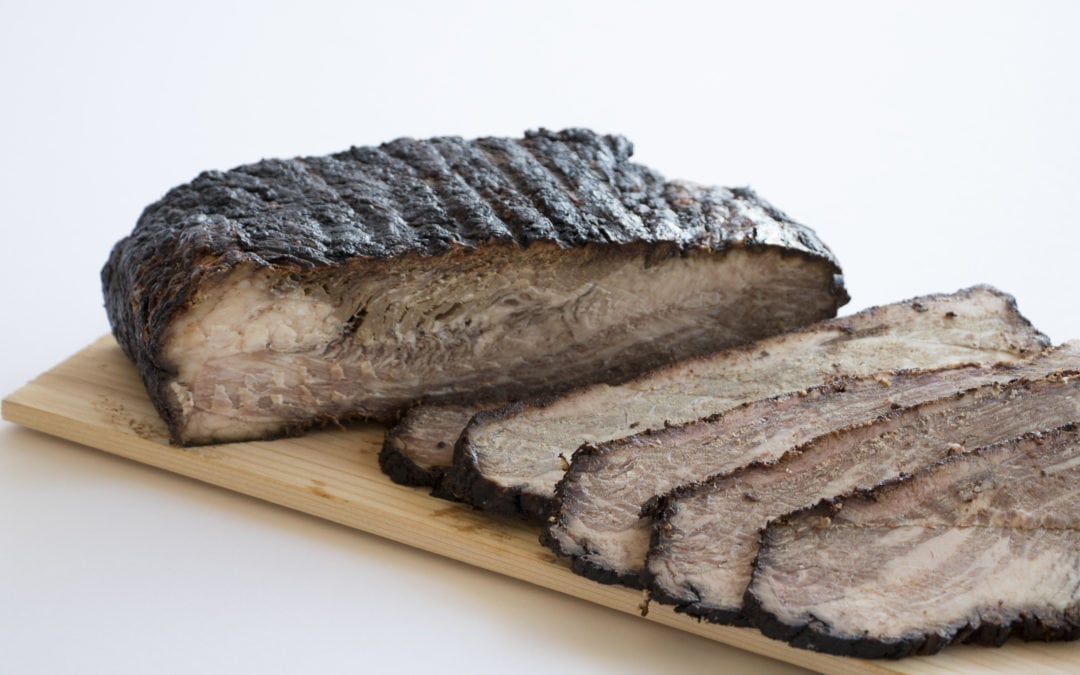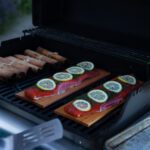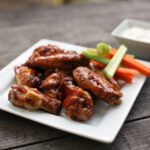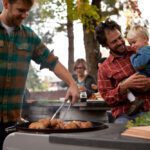Brisket tends to be an expensive cut of beef, partially due to its massive size. So when smoking brisket, you want to make sure that you choose the right kind of wood, especially considering the time investment of smoking a 12-14 pound cut of beef.
Hickory wood is the most commonly used for smoking brisket but, in my opinion, there is no single wood species preferred for smoking over another. Different woods provide different flavors and, depending on your ingredients, some work better than others. So, let’s narrow it down.
For a large cut like beef brisket, you always want to use a hardwood. The reason for this is it takes a long time to smoke a brisket. You need a wood that is slow burning and can give off heat and smoke for long periods of time.
Brisket, in its raw form, has a high fat content and is very tough. It takes hours and hours of slow steady heat to break down a piece of meat like this. The wood you use needs to pack a lot of flavor to permeate the meat.
Hardwoods recommended for Smoked Brisket:
- Hickory (of course)
- Mesquite
- Red Oak
- Cherry
- Apple
- Maple
You might also like: How to Smoke a Brisket in a Barrel Smoker (I used maple wood for this recipe and the results were fantastic)
It seems the trick to successfully smoke a brisket is not so much in the wood variety as it is in the technique you use.
Cooking Brisket in a Gas or Electric Smoker
For long, slow cooking in a gas or electric smoker, chips are the best way to achieve a nice clean wood flavor and they can be added periodically during cooking. • Where to buy wood chips for smoking
Other Brisket Cooking Methods
If you are cooking on a barrel, pit or more traditional smoker, you will need larger pieces of wood that can burn and develop into hot embers that last through the cooking process.
Smoking blocks are a great way to achieve smoke flavor while simultaneously being used as a fuel source. The golden smoky hue they can add to some smoked items is an added visual bonus. Smoking blocks are a lot like smoking chunks, but with some added benefits, including the lack of bark (which can often have pathogens), and being kiln-dried for better, more even heat.
I suggest every novice smoker practice, until they achieve a result that impresses (texturally, visually and of course, tastes incredible), then reuse that technique and strive to perfect it.
Matt worked his first kitchen job in the country of Malta at the age of 15. He has worked as a restaurant Chef in Arizona, Maine, Spain, the UK, Oregon and finally North Idaho. Now the Executive Chef at Wildwood Grilling, he thoroughly enjoys his day job.






